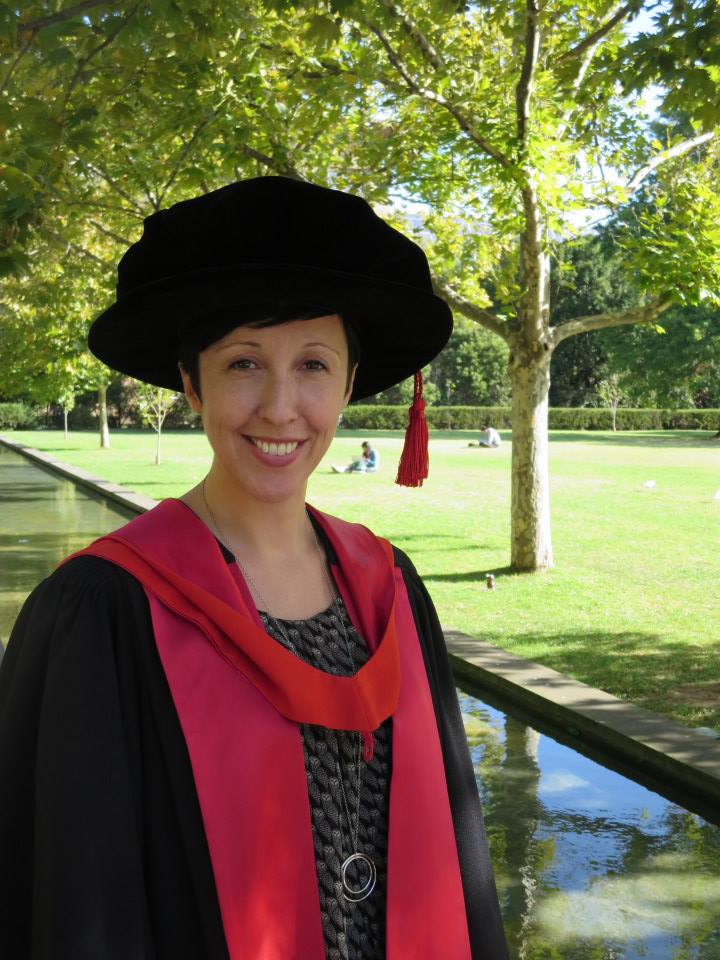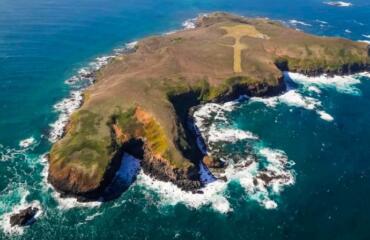‘The area of marine science has been a passion since I was eight years old. I just wanted to be a marine scientist.
I spent a lot of time at the beach exploring rock pools on the Mornington Peninsula, fascinated by how these animals survive in the marine environment and how they interact with each other. I wanted to know how they survived in these sometimes quite harsh conditions. I wanted to know all about them.
Marine parks have been established around Australia and the world for conservation purposes. It’s the science that tells us how the animals and plants within the park boundaries are going and whether they’re healthy or not. But the essential issue is the disconnect between scientists and park managers – communication both ways is lacking.

My PhD is about improving the way managers can use scientific research to better manage their parks. Conservation scientists and conservation managers come from very different backgrounds and they work in very different fields. And there’s no strong imperative for them to work together really closely.
Park managers often don’t have enough expertise to understand what all of the scientific research means, so it’s very off-putting for them. Their goal is to manage their park effectively but, to date, that’s meant they just make decisions and consult who they can in-house.
That’s why I focussed my research on the interface between scientists and managers. It was just a very obvious area to me that needed more work.
The first of the two approaches I devised was a technique referred to as control charts, which has been used in other industries for decades. The second approach was a workshop technique to bring scientists and managers together into the same room to talk about what marine protected areas (MPAs) mean to scientists and managers.
Control charts are a really simple, visual graphing technique. So, for example, if we’ve got monitoring data on a certain fish population in a park, the chart will plot the abundance of these fish through time, but will also incorporate information like what we want this population to look like.
It has a traffic-light colouring scheme behind it of green, amber and red. Green shows what is acceptable. Amber may mean you need to proceed with caution and do something different in your park (perhaps restrict or monitor whether people are fishing there illegally, for example). If the chart hits red then it’s a very clear warning sign that something is wrong.
Managers need to change something in the way they’re managing that park. So the control chart approach works for monitoring environmental objectives such as these.
‘So many people have told me how very much needed and valuable my research is but it will be just a little drop in the ocean if we don’t do more research into the relationship between science and conservation park management.’
The second approach, the workshop technique, is helpful where managers are dealing with more than one issue within the marine park. I used the workshop method for the management of an intertidal reef in a marine protected area in Victoria, Port Phillip Heads.
Eleven people including management staff and intertidal marine ecologists took part. The purpose of the workshop was to help managers address the threat of trampling by visitors to an intertidal rocky reef.
There were many competing objectives in this case. The first was the environmental objective – to maintain the condition of intertidal reef communities within the marine national park. The second was the social objective – to ensure visitors enjoyed their time at the park. The third was the economic objective – to make sure management intervention was cost effective.
In this process we set management thresholds for the mat-forming brown alga, Hormosira Banksii, which is an important species. When present in abundance it represents a healthy intertidal reef community.
So many people have told me how very much needed and valuable my research is but it will be just a little drop in the ocean if we don’t do more research into the relationship between science and conservation park management. ’
Prue Addison’s thesis is titled: “Targeting the science-management interface: Improving the use of long-term monitoring for conservation management.”
* My PhD is an irregular series in which The Citizen speaks with recent Melbourne University PhD graduates.

